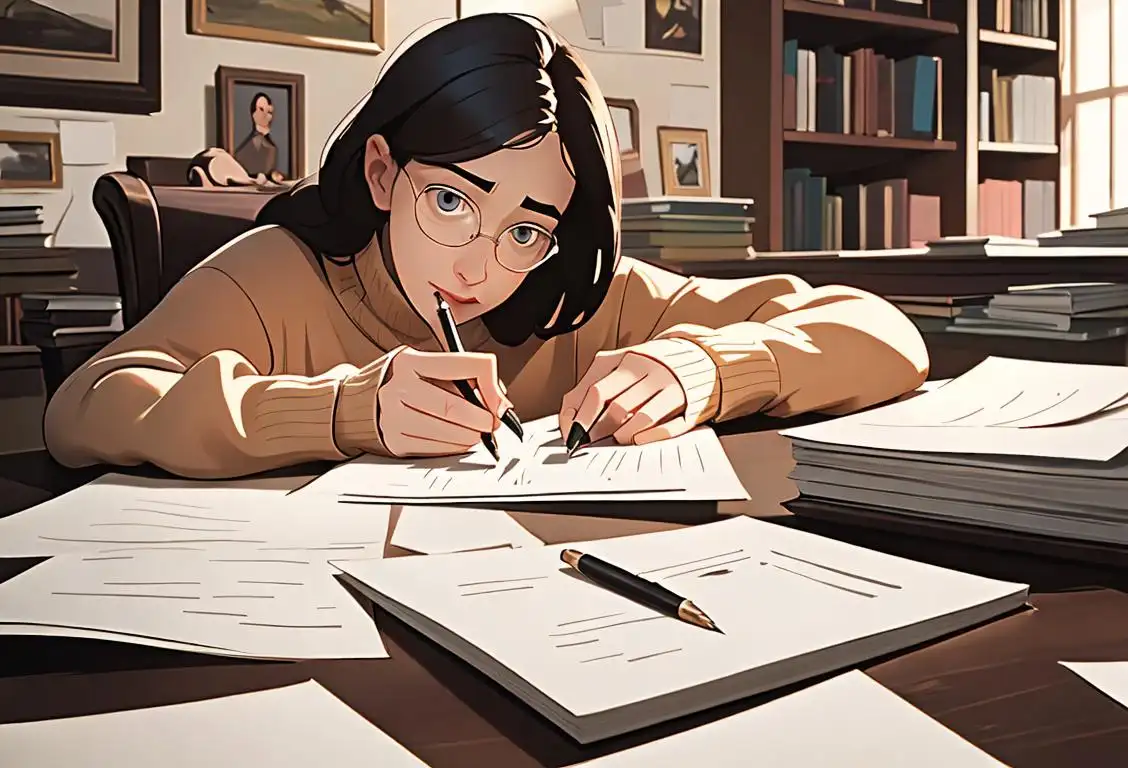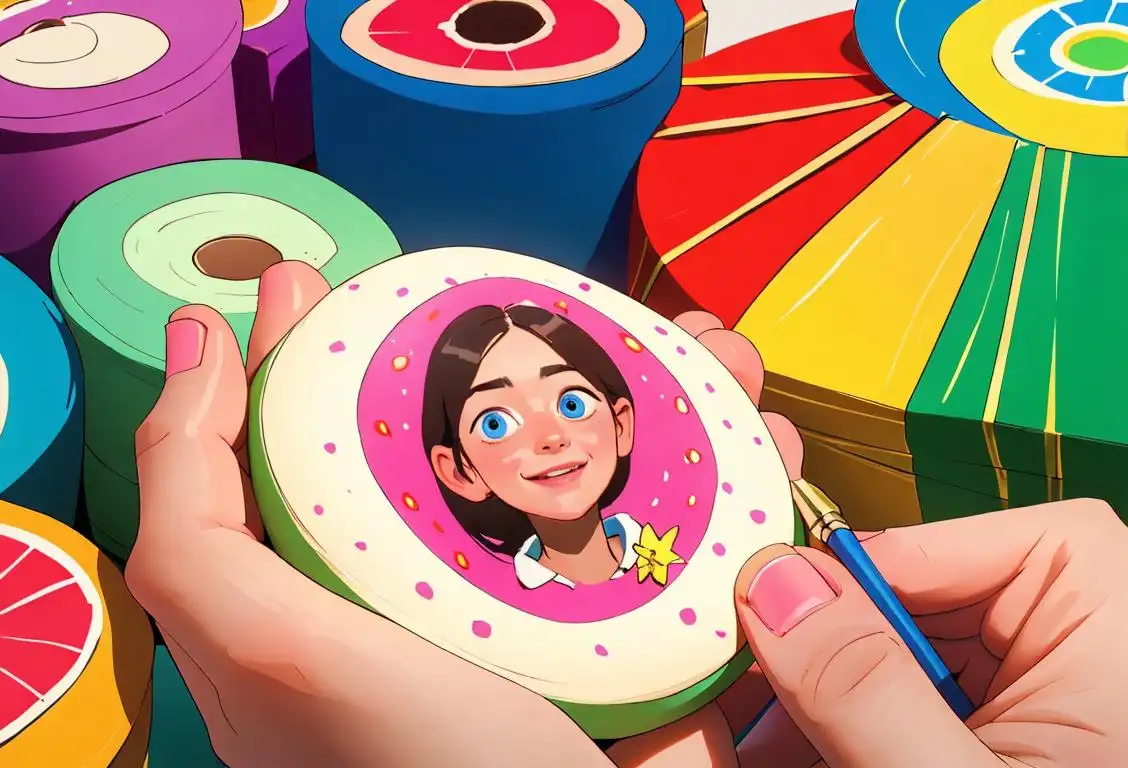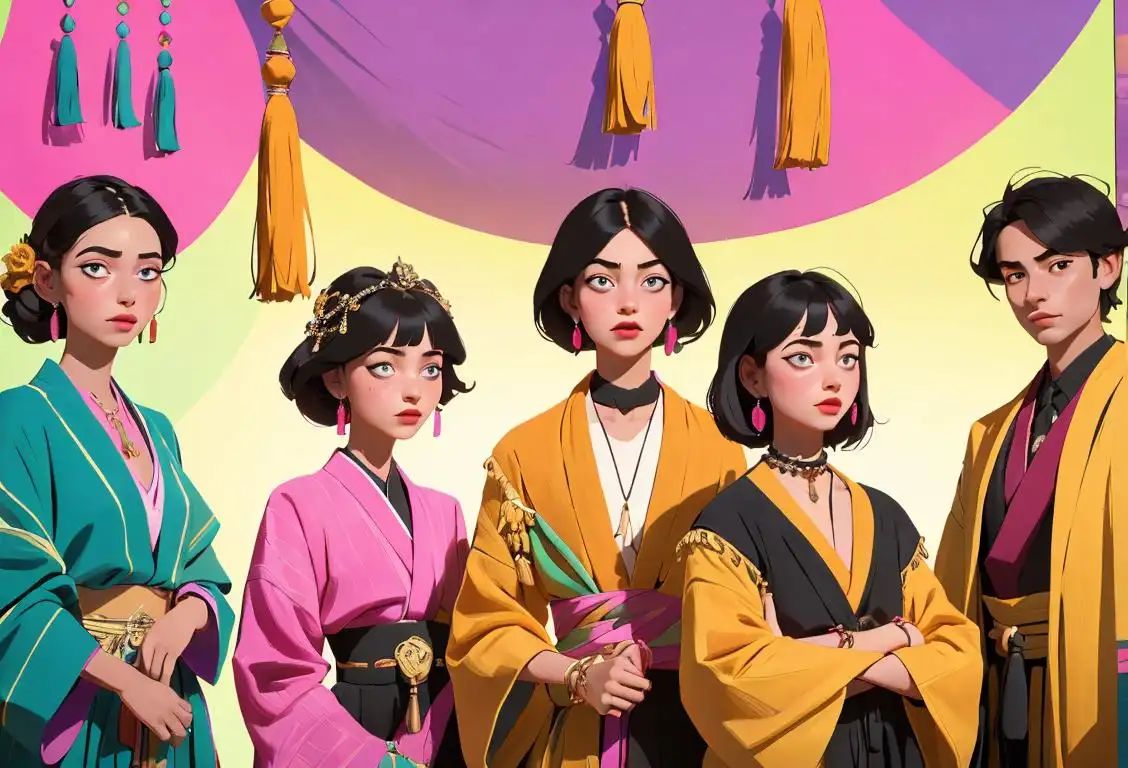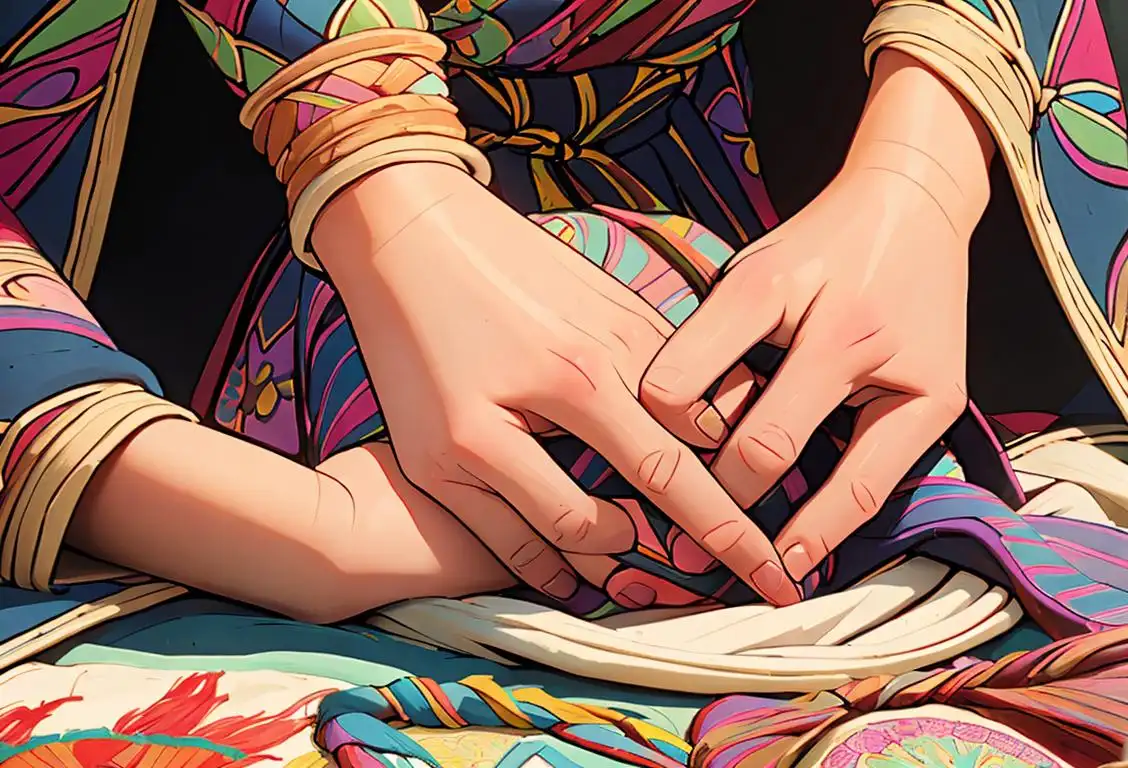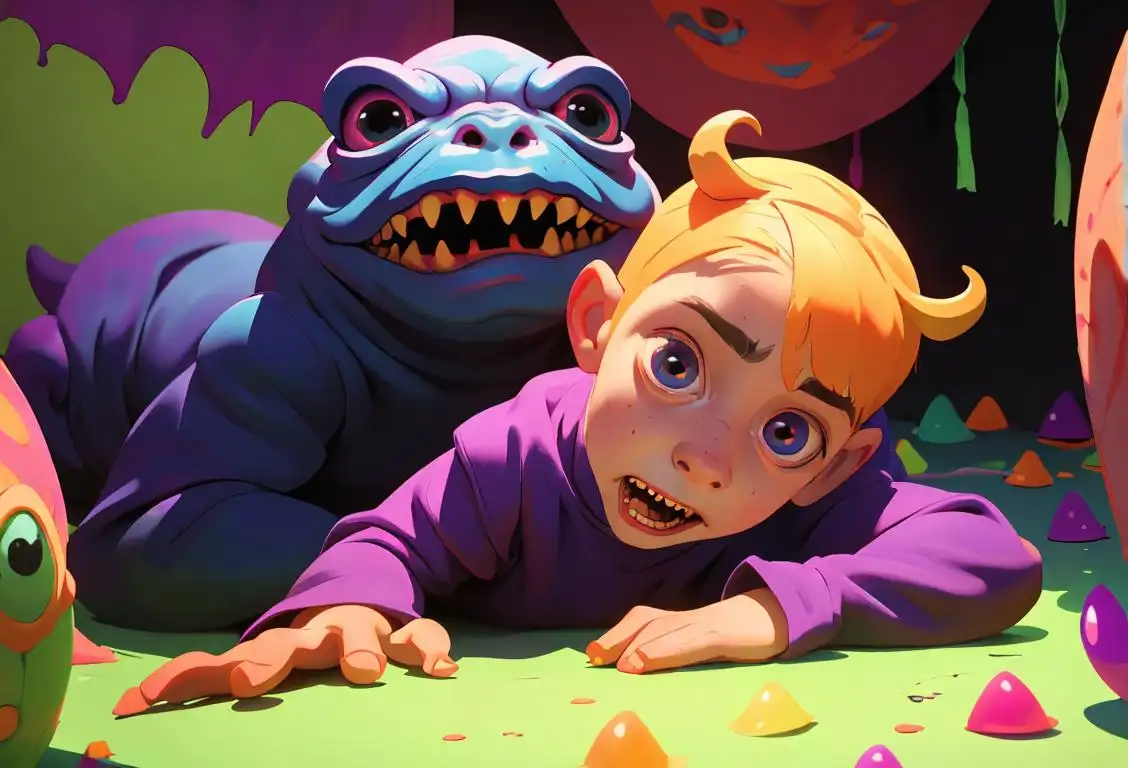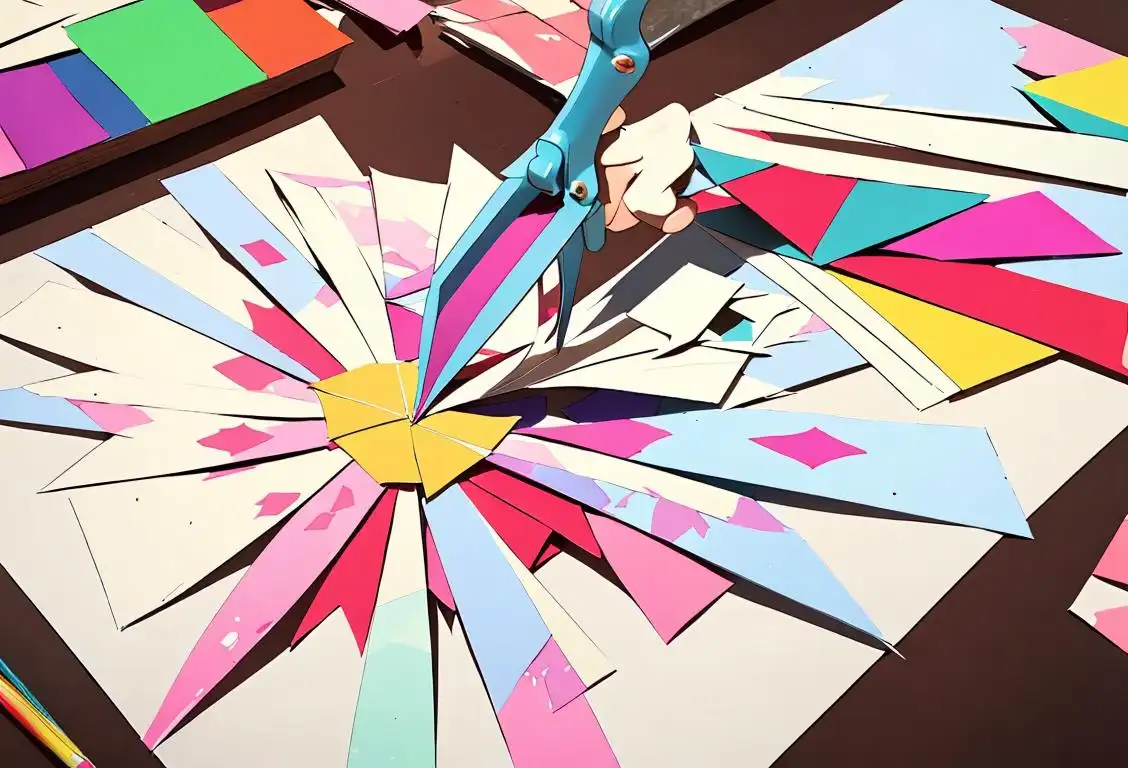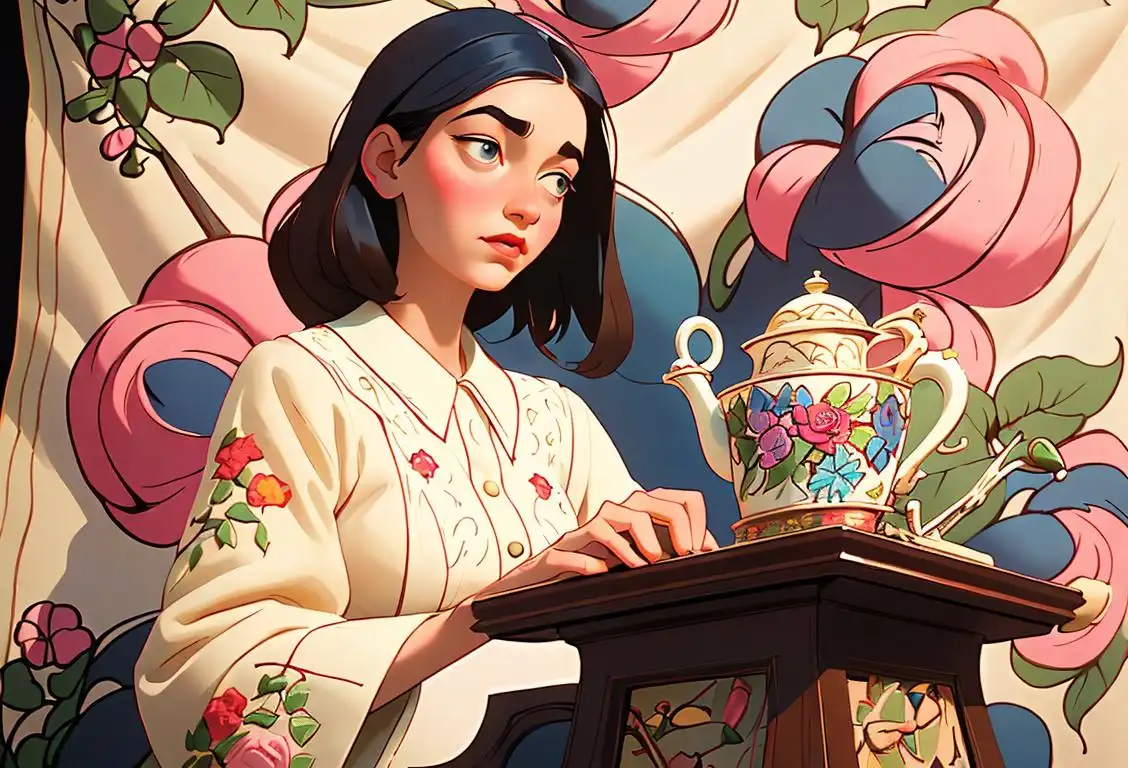National Carve A Pumpkin Day
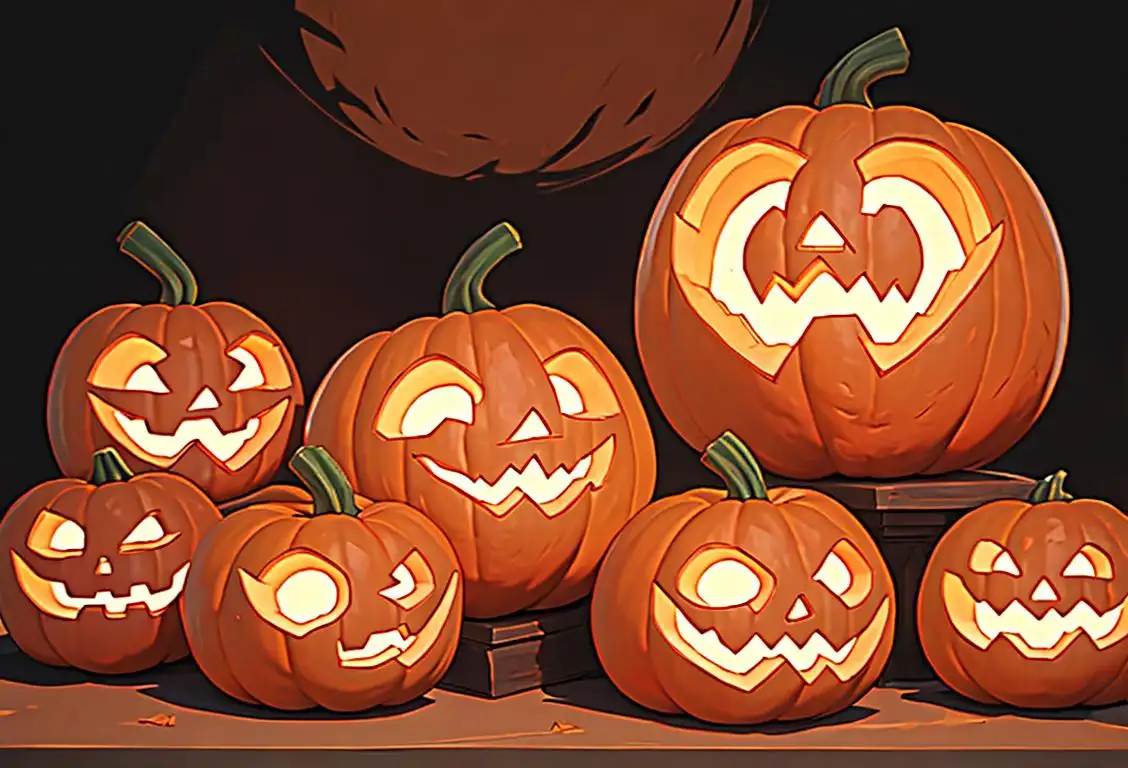
Welcome to National Carve a Pumpkin Day! Grab your carving tools and prepare to unleash your creativity on this festive holiday. Whether you're a master pumpkin carver or a first-timer, this day is all about having fun and celebrating the spooky season. So, let's dive into the history and traditions of Carve a Pumpkin Day!
When is Carve A Pumpkin Day?
It's national carve a pumpkin day on the 26th October.
The Origins of Carve a Pumpkin Day
Carve a Pumpkin Day has become an annual tradition celebrated on October 31st, just in time for Halloween. But have you ever wondered how this delightful tradition began?
The origins of pumpkin carving can be traced back hundreds of years to Ireland and Scotland. The Celtic people would carve intricate designs into turnips or potatoes and place candles inside to ward off evil spirits on All Hallows' Eve. When Irish immigrants brought this tradition to the United States, they discovered that pumpkins, native to America, were the perfect canvas for their spooky creations.
Today, Carve a Pumpkin Day is not only a fun activity but also a way to embrace the rich history and traditions passed down through generations.
The Art of Pumpkin Carving
Carving a pumpkin is more than just slapping on a face and calling it a day. It's an art form that allows you to unleash your imagination and showcase your carving skills. To get you inspired, here are a few tips:
- Choose a pumpkin that is ripe, firm, and has a smooth surface for easy carving.
- Start with a clean work area and gather all your tools: knives, scoops, and pattern templates.
- Sketch your design on the pumpkin using a marker or stencil.
- Carefully cut off the top of the pumpkin, then scoop out the seeds and pulp using a sturdy spoon or scoop.
- Take your time carving the design, starting with the innermost details and working your way out.
- Once you're done carving, light up your creation with a candle or LED light to bring it to life!
Remember, pumpkin carving can be messy, so don't forget to protect your work area and clothes!
History behind the term 'Carve A Pumpkin'
1800s
The Irish tradition of carving turnips
In the 1800s, the origin of carving pumpkins can be traced back to an Irish tradition of carving turnips during Halloween. Turnips were carved into grotesque faces and illuminated with coal or candles, and they were believed to ward off evil spirits. This practice was part of the ancient Celtic festival of Samhain, which marked the end of the summer harvest and the beginning of winter.
1840s
The connection to the Jack-o'-Lantern legend
The term 'carve a pumpkin' became associated with the Jack-o'-Lantern legend in the 1840s. The story goes that there was a man named Stingy Jack who tricked the Devil and was denied entry into both heaven and hell. Jack was condemned to wander the earth with only a hollowed-out turnip and a burning coal to light his way. This legend, along with the Irish tradition of carving turnips, influenced the practice of carving pumpkins.
1860s
The introduction of pumpkins as a carving material
In the 1860s, the tradition of carving turnips started to transition to carving pumpkins. Irish immigrants coming to America for the potato famine found pumpkins to be more readily available and easier to carve than turnips. The larger size and natural shape of pumpkins made them the perfect canvas for creating intricate and spooky designs. The term 'carve a pumpkin' then became associated with Halloween and the tradition of Jack-o'-Lanterns.
20th century
Popularity and commercialization
Throughout the 20th century, carving pumpkins became deeply ingrained in American Halloween traditions. The practice gained popularity and was further popularized through various media, including books, movies, and magazines. As Halloween became more commercialized, the term 'carve a pumpkin' became widely known and associated with the act of creating decorative Jack-o'-Lanterns. Today, carving pumpkins is a beloved tradition during the Halloween season.
Did you know?
Did you know that the world record for the most pumpkins carved in one hour is 109? Talk about speedy carvers!Tagged
fun crafts spooky seasonFirst identified
19th October 2015Most mentioned on
26th October 2015Total mentions
15Other days
Carve A Pumpkin Day
Paper One Day
Socks Day
Make A Gift Day
Tassel Day
Textiles Day
Thread The Needle Day
Monster Day
Scissoring Day
Stitch Day
